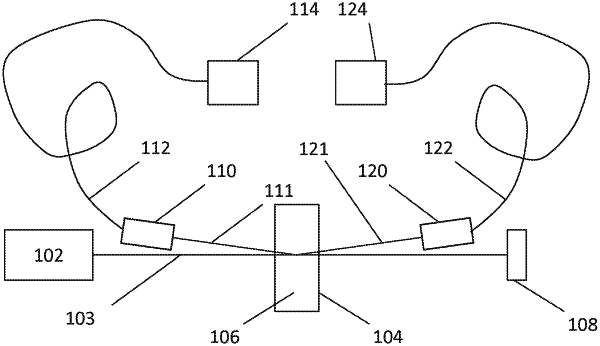| CPC G01N 15/0211 (2013.01) [G01N 2015/0053 (2013.01); G01N 2015/0222 (2013.01)] |

| AS A RESULT OF REEXAMINATION, IT HAS BEEN DETERMINED THAT: |
| Claims 11 and 12 are cancelled. |
| Claims 1, 13 and 14 are determined to be patentable as amended. |
| Claims 2, 5, 15 and 16, dependent on an amended claim, are determined to be patentable. |
| Claims 3, 4 and 6-10 were not reexamined. |
|
1. A method of characterising particles in a sample, comprising:
obtaining a scattering measurement comprising a time series of measurements of scattered light from a detector, the scattered light produced by the interaction of an illuminating light beam with the sample [ and the time series of measurements comprises a sequence of photon pulses] ;
[ binning the sequence of photon pulses into bins, wherein each bin corresponds with a time period;]
producing a corrected scattering measurement, comprising compensating for scattering contributions from contaminants by reducing a scattering intensity in at least some time periods of the scattering measurement;
determining a particle characteristic from the corrected scattering measurement, wherein reducing the scattering intensity comprises [ :
correcting selected bins by deleting a number of photon pulses from each selected bin; and]
determining a contaminant parameter from the scattering measurement, wherein the step of reducing the scattering intensity is responsive to the contaminant parameter.
|
|
13. The method of claim
|
|
14. An apparatus for characterising particles, comprising: a light source, a sample cell, a detector and a processor; wherein
the light source is operable to illuminate a sample within the sample cell with a light beam so as to produce scattered light by interactions of the light beam with the sample;
the detector is configured to detect the scattered light and produce a time series of measurements [ comprising a sequence of photon pulses] ; and
the processor is configured to:
obtain a scattering measurement comprising
[ bin the sequence of photon pulses into bins, wherein each bin corresponds with a time period;]
produce a corrected scattering measurement, comprising compensating for scattering contributions from contaminants by reducing a scattering intensity in at least some time periods of the scattering measurement;
determine a particle characteristic from the corrected scattering measurement, wherein reducing the scattering intensity comprises [ :
determining a threshold scattering intensity from an average scattering intensity from the scattering measurement;
selecting bins that have a scattering intensity outside of the threshold scattering intensity;
correcting the selected bins by deleting a number of photon pulses from each selected bin; and]
determining a contaminant parameter from the scattering measurement, wherein the step of reducing the scattering intensity is responsive to the contaminant parameter.
|